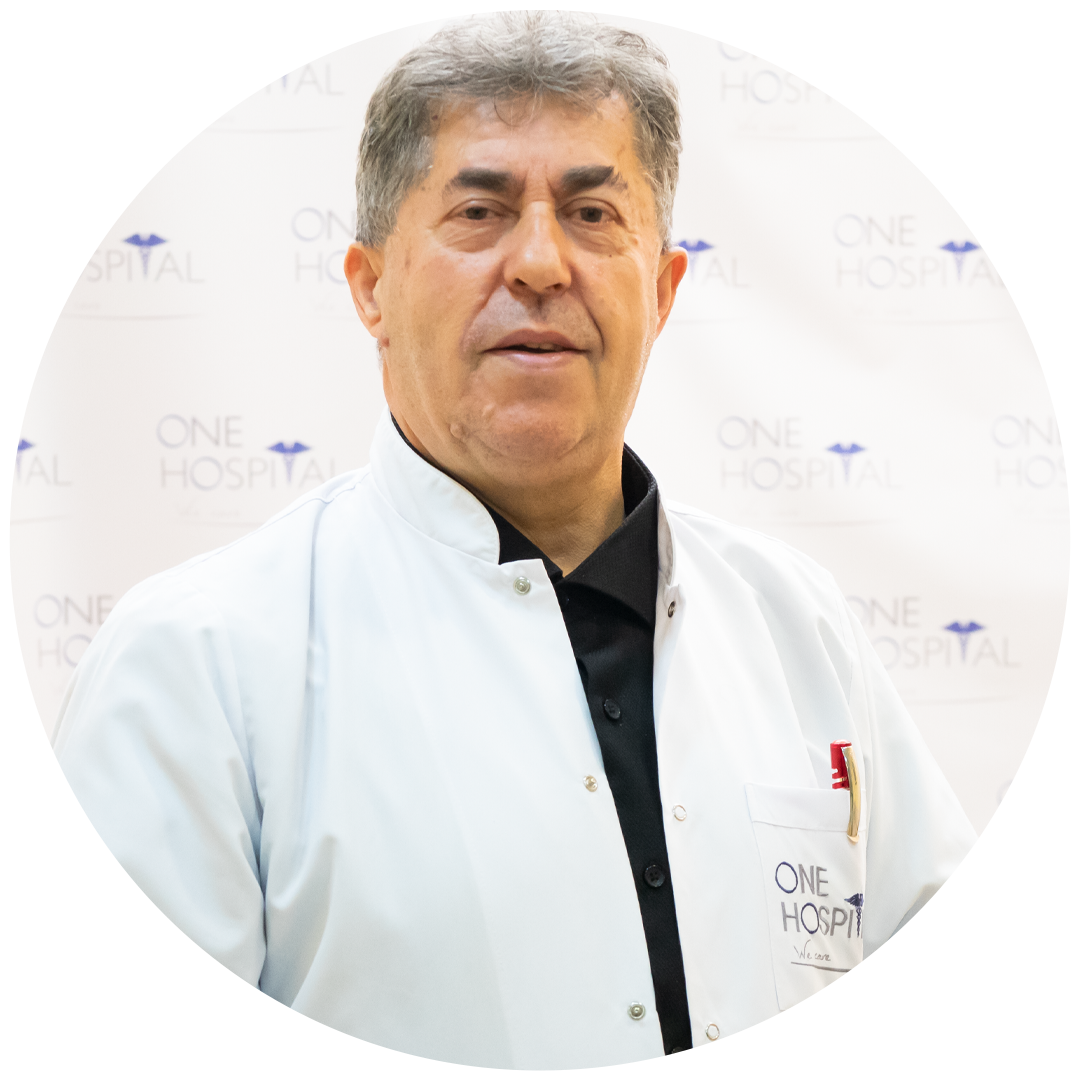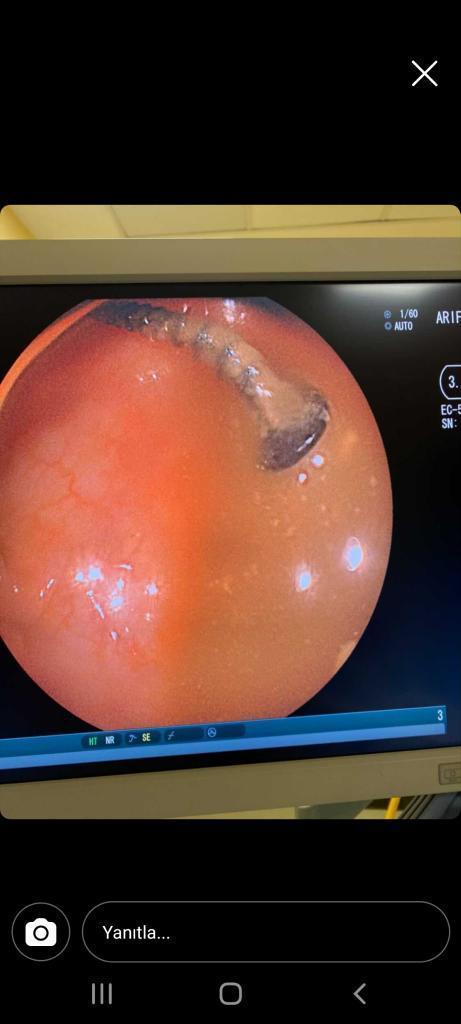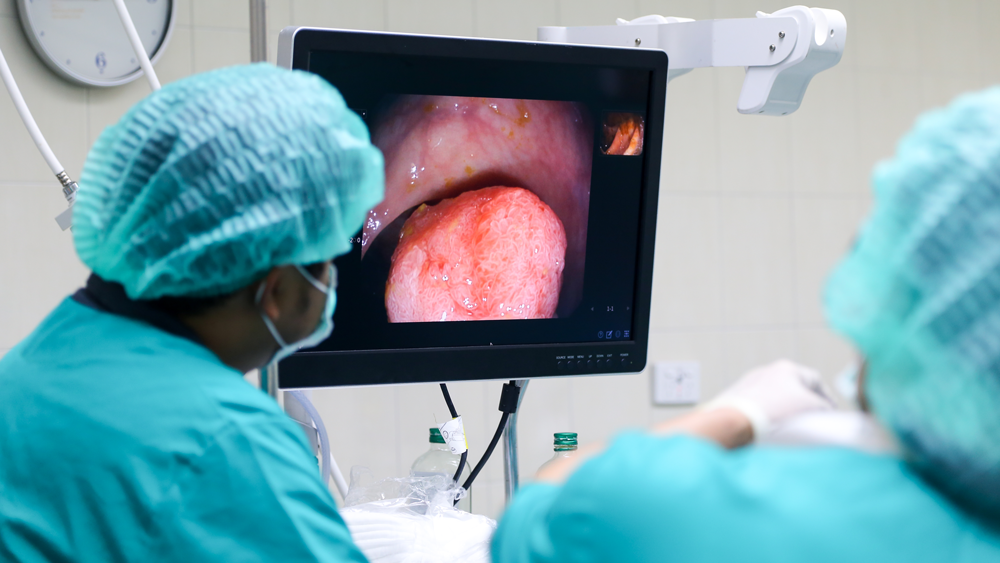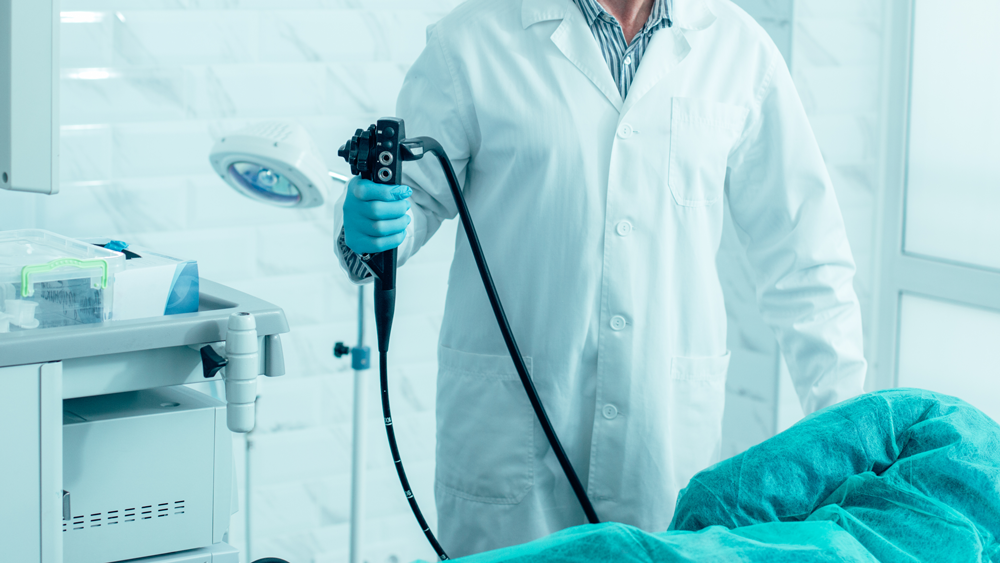GASTROENTEROLOGY
Home » Gastroenterology
Procedures
The cause of your digestive symptoms
A gastroscopy can be done to check what’s causing your digestive symptoms, such as:
difficulties swallowing or pain when swallowing (dysphagia)
indigestion, heartburn or stomach pain that does not go away or keeps coming, even if you take medicine
you keep feeling sick (nausea) or being sick (vomiting), or both
vomiting blood
your poo is black and sticky, like tar (there may be blood in it from your stomach)
Treating problems
A gastroscopy can sometimes also be used to treat problems with your digestive system.
A gastroscopy can help:
- widen your food pipe (oesophagus) if it’s too narrow and causing pain or difficulties when you swallow
- stop bleeding inside your stomach or oesophagus
- remove growths
- with feeding if you’re unable to eat normally (a gastroscopy can help doctors place a feeding tube into your stomach)
Checking for cancer
A gastroscopy can be used to check for some types of cancer, such as:
- stomach cancer
- oesophageal cancer – this is cancer of the food pipe (oesophagus), the tube connecting your mouth to your stomach
- During a gastroscopy a small sample of tissue can be removed from your stomach or oesophagus for testing. This is called a biopsy.
- The biopsy is tested to see if there are any cancer cells in it.
A colonoscopy can be done to look for a number of things. The cause of your bowel symptoms
A colonoscopy is often done to check what’s causing your bowel symptoms, such as:
- bleeding from your bottom or blood in your poo
- diarrhoea or constipation that does not go away
- losing weight or feeling really tired for no reason
Why is a polypectomy done?
You may need to have a polyp removed if the polyp:
- Causes symptoms or complications.
- Looks cancerous or precancerous.
- Needs to be examined in the lab.
- Many healthcare providers recommend removing all polyps as a preventative measure.
Even polyps that don’t appear to be cancerous, precancerous or cause symptoms can continue to grow and change and become problematic later on.










